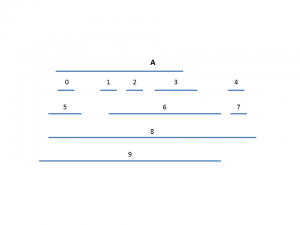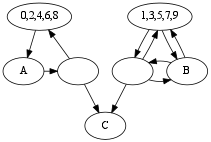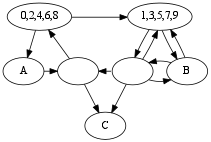Here are some practice problems for midterm #1.
It is likely to be tremendously useful to work through these problems, but as the first page warns, these may not be entirely representative of our exam. Indeed, we may not reach all the learning goals assessed in the practice problems by the exam; so, some of these may really be practice problems for midterm #2!


